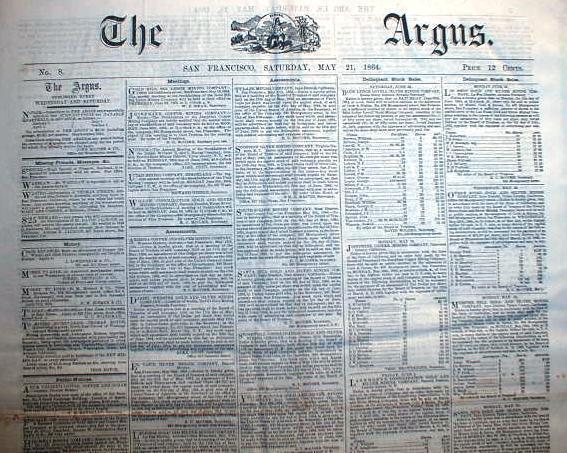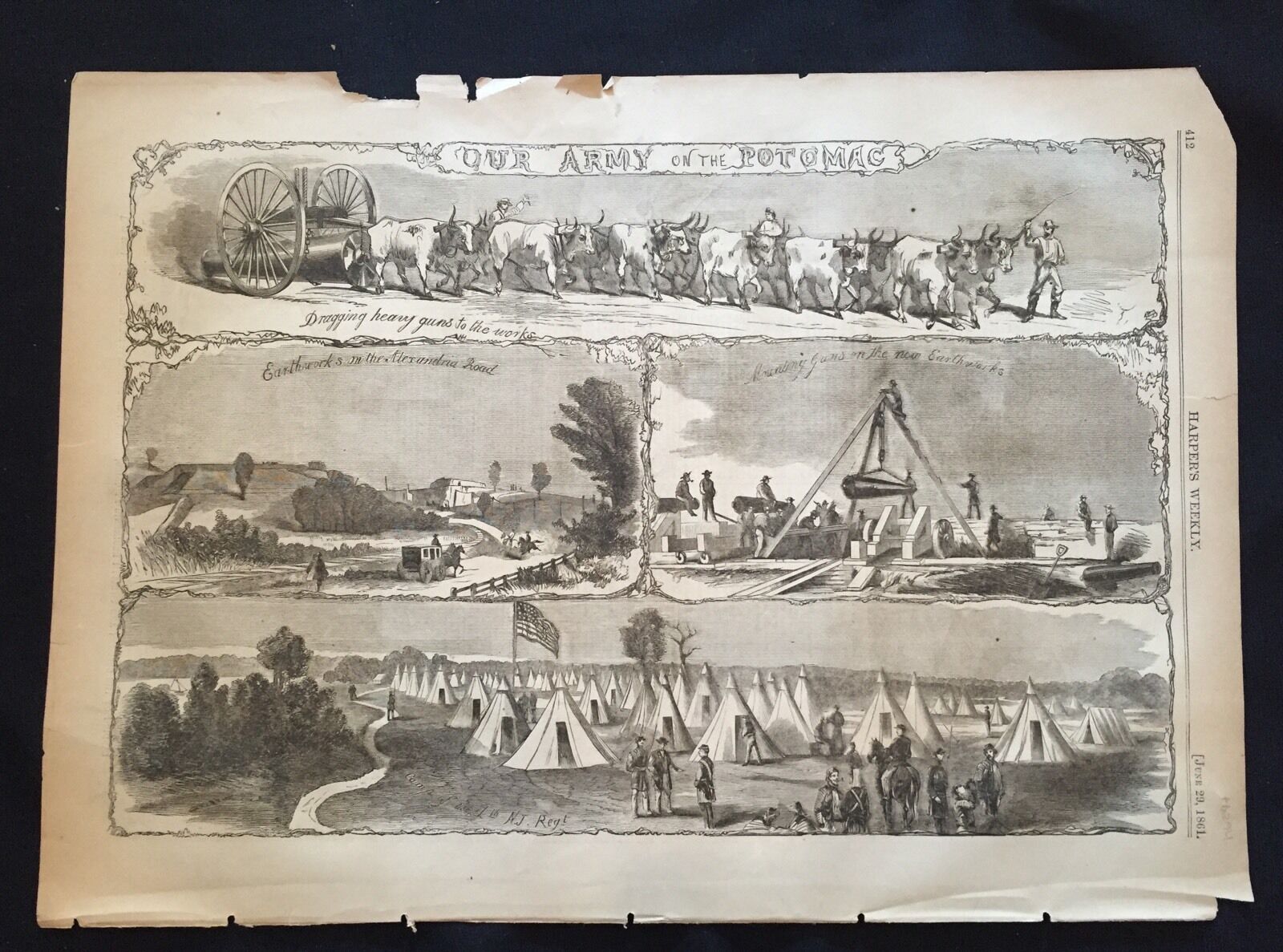-40%
Jack the Ripper . Original London Times . Francis Coles Death . February 24 1891
$ 396
- Description
- Size Guide
Description
London Times February 24 189116 Pages
This is an original London Times newspaper from February 24, 1891 reporting on the death and inquest of Francis Coles, a victim of Jack the Ripper. The paper is a collectible item for those interested in pre-1900 newspapers and is a rare find for anyone looking to add to their collection. The newspaper was manufactured in the United Kingdom and is a unique piece of history that would make a great addition to any collection.
THE FINAL WHITECHAPEL MURDERS VICTIM
The final victim, whose name appears on the Whitechapel Murders file, is that of Frances Coles.
FRANCES COLES BODY DISCOVERED
Her body was discovered at 2.15 am on Friday 13th February, 1891 by Police Constable Ernest Thompson as he was passing through an archway of the Great Eastern Railway, which lead from Swallow-gardens to Orman-street.
Thompson had passed the spot 15 minutes before and was adamant that the body hadn't been there then. Returning at 2.15am he heard a man's footsteps walking away from him, and looking into the arch he noticed a figure lying on the ground.
Shining his lamp onto it he found, to his horror, that it was the body of a woman and that she was lying in a pool of blood, which was flowing from a terrible wound in the throat that ran from ear to ear.
Thompson immediately blew his whistle to raise the alarm and the neighbouring beat officers, PC Hyde and PC Hinton, came running to the scene.
They were soon joined by Police-constable Elliott who was on plain clothes duty in adjacent Royal Mint-street.
Elliot later stated that, shortly after 2 o'clock he had heard a whistle blown, and on going to Swallow-gardens saw a constable with his lamp turned on the body of a woman. he later stated that he was certain that he would have heard any cry from the woman, but everything was very quiet until he heard the whistle.
NO SIGNS OF LIFE
Checking for signs of life, the officers found the body to be quite warm and they also felt a very faint pulse.
PC Hyde was then sent to fetch the local medic, Dr Oxley, who arrived at the scene and pronounced life extinct. PC Hinton, meanwhile, headed off to the Police Station to fetch a senior officer.
He returned with Inspector Flanagan who promptly ordered the police officers who were now arriving at the scene to search the area and to stop and question anybody who they thought suspicious or who might be able to provide any information.
BODY LEFT IN POSITION
Meanwhile, in accordance with instructions issued during the murders of 1888, Flanagan ordered that the body was to remain in the position in which it was discovered, and he then carried out an in depth search of the surroundings for clues.
Soon Dr George Bagster Philips, the Divisional Police Surgeon, had arrived at the scene and, on examining the body, he found two cuts to the woman's throat, which, he stated, were "sufficient to account for death."
Crucially, Philips was of the opinion that the nature of the wound and the posture of the body did not connect this murder "...with the series of previous murders which were accompanied by mutilation..."
PRESS OPINION
However, several newspapers were quick to connect this murder with the previous Jack the Ripper murders and, on 14th February 1891,
The Times
reported that:-
Another murder, although not so fiendish in all its details as those which were enacted within a comparatively short period of one another in Whitechapel in 1888 and 1889, has been committed in the same district, and the many similar circumstances surrounding this latest mysterious crime seem to point to its being the work of the same person. The place, the time, the character of the victim, and other points of resemblance, recall in the most obvious way the series of crimes associated in the popular mind with the so-called "Jack the Ripper...











